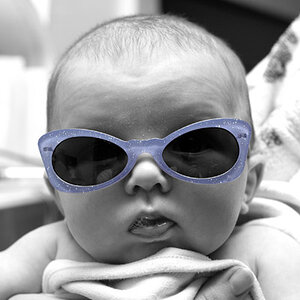- Joined
- Jul 16, 2015
- Messages
- 4,039
- Reaction score
- 4,658
- Location
- Oklahoma
- Can others edit my Photos
- Photos OK to edit
I'm really surprised that the zoom would beat that prime. Go figureIt seems on zooms I'm mostly at one extreme or another in general shots.
Sports you're all over the place but in general I know
18-35, mostly 18mm
24-85, mostly 75-85, or 24mm
80-200, all over the place (main sports lens)
150-600, mostly 600mm
and when I use my 50mm, I'm always at 50mm
When I had my 24/2.8 lens I found that my 24-85 @24mm/2.8 was better than the prime.


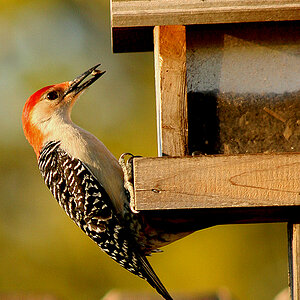
![[No title]](/data/xfmg/thumbnail/34/34126-2956b6786a44f993f9aad43e097be84c.jpg?1619736297)

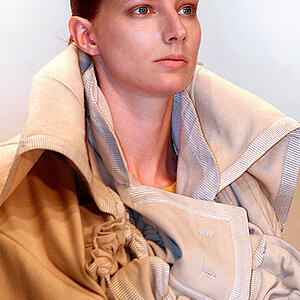
![[No title]](/data/xfmg/thumbnail/32/32161-a5da499a329f1fae945778aac75d4442.jpg?1619735234)
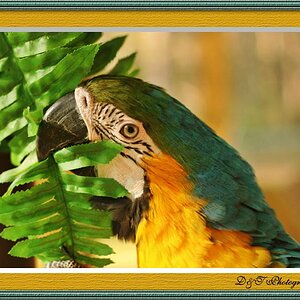
![[No title]](/data/xfmg/thumbnail/32/32160-4e45e524b050f1afae9fd21bf696d61b.jpg?1619735234)
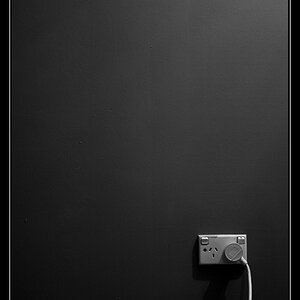
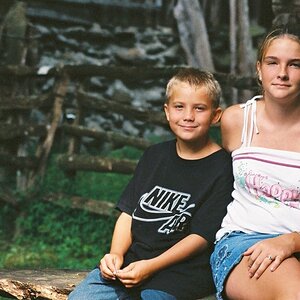

![[No title]](/data/xfmg/thumbnail/32/32159-cd588f68f116c390a4eaddec2380f1a6.jpg?1619735234)
